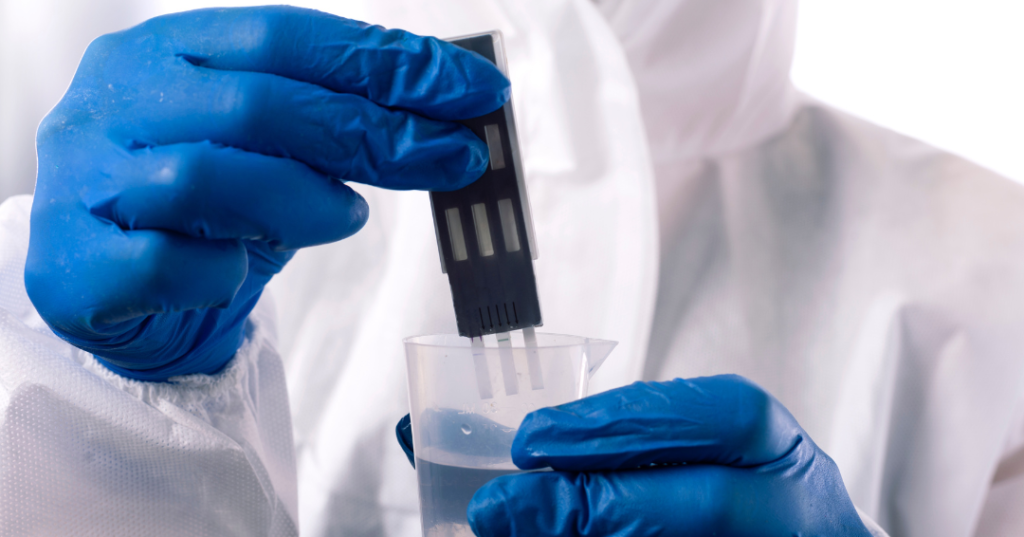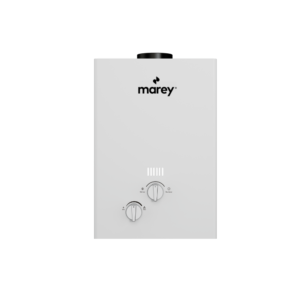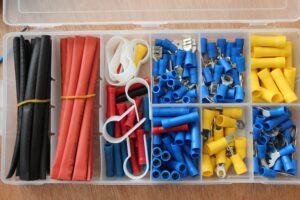
Water quality matters: tips for improving the lifespan of your tankless water heater
Did you know that the lifespan of the tankless water heater can be greatly affected by the quality of your home’s water supply?
Over time, mineral buildup and sediment accumulation can lead to corrosion, leaks, and even premature failure of this essential appliance.
But fear not!
In this article, we’ll share some tips on how to improve your water quality and extend the life of your tankless water heater.
What is hard water and scale?
Water high in mineral content, such as calcium and magnesium, is called hard water.
Signs of poor water quality
- Water that looks cloudy or discolored
- Water that smells bad
- Water that tastes bad
- Water that leaves deposits on fixtures or appliances
What is hard water on the pH scale?
The pH scale is a measure of how acidic or alkaline water is. The pH scale ranges from 0 to 14, with 7 being the neutral point. Readings below 7 indicate acidity, while readings above 7 indicate alkalinity.
Hard water has a high mineral content, which makes it more alkaline. The higher the mineral content, the higher the pH reading.
Effects of hard water on a tankless water heater
Hard water can have several negative effects on tankless water heaters.
The most common issue is scale buildup on the heat exchanger’s surfaces. This scale can insulate the heating surfaces, causing them to work less efficiently and eventually fail prematurely, it can damage temperature sensors causing fluctuation in water temperature or production of temperatures too high or too cool.. It can also damage temperature sensors causing fluctuation in water temperature or producing temperatures too high or too cool.
In addition, hard water can also clog pipes and reduce the flow of hot water to your taps. It can also reduce needed water pressure or flow to start the water heater.
What can you do to reduce the hardness of your water?
Install a sediment & hard water filter: This will help remove impurities from your water supply, extending the life of your tankless water heater.
Use soft water: If you have hard water, consider using a water softener to extend the life of your tankless water heater.
Drain and flush regularly: Draining and flushing your tankless water heater regularly, at least once a year, helps remove the buildup from the heat exchanger, which can lengthen its lifespan.
Flushing tankless water heaters
Flushing your tankless water heater is a relatively simple process you can do yourself.
You can view the process below:
What you’ll need:
- About 3 gallons of distilled (household) white vinegar.
- 2 approximate 5-gallon or bigger buckets.
- A circulation pump. Although you can flush your tankless water without one, it won’t be as thorough, and you’ll have to take the water heater off the wall.
- These pumps usually come with their own pipes, but two pieces of garden or washing machine hoses are just as effective.
Flushing steps:
- Turn off the power (electricity and gas) to your tankless water heater.
- Close the main shut-off valves on hot and cold-water lines.
- Open the flushing valves on both the hot and cold-water lines.
- Open the valves on top of each manifold. Once you open the valves, the water in the tank will run out, so keep your bucket underneath them.
- Clean the prefilter.
- It’s normally located outside the unit, above the cold-water valve, but consult your user manual if you are unsure of where it is.
- Simply open it and wash the filter clean with water and maybe a small toothbrush.
- Once clean, put it back.
- Connect one of the hoses to each flush valve (one for hot and one for cold).
- Connect the open end of the hose connected to the cold-water flush valve to the pump’s outlet.
- Put the pump and the open end of the other hose (hot) in the bucket.
- Pour the vinegar into a bucket, ensuring that the pump and the open end of the hot-water line are submerged.
- Plug your pump in to start it up.
- Let the cleaning solution circulate for at least 45 minutes, up to an hour.
- Once it’s done, shut the pump off.
- Close the valves on top of each manifold, remove the hoses, and close the protective caps tightly on the flushing valves.
- You can clean the prefilter again to ensure no new debris gets stuck.
- You can empty your bucket in the garden.
- Open the hot water faucet connected to the tankless hot water heater and let the water run to purge air from lines and fill the heat exchanger.
- The hot water won’t run while the main valves are still closed.
- Open all the supply valves and turn the gas line or power back on.
- Turn the tankless water heater back on.
- Some air bubbles will come out of the faucet as the tankless water heater runs; that is perfectly normal.
- Now you are ready to enjoy clean and clear hot water for another year.



